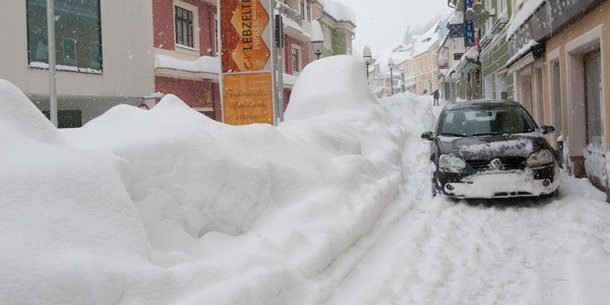
© Foto Kuss
Record snowfall. The most snow EVER in the second half of April.
Severe winter weather led to chaos on Austrian roads, power failures, and panic among wine growers on Wednesday evening and Thursday. In the east of Austria came record snow. In the mountains there was as much snow as never before in the second half of April.
According to the Central Institute for Meteorology and Geodynamics (ZAMG), Lunz am See recorded 86 cm (almost 3 ft) of snow on Thursday. The west was partly covered in deep snow, but far from a record.
Up to 2 meters (6′-6″) of fresh snow (!) fell in the Lower Austrian Alps, mostly in the Ybbstaler and Türnitzer Alps. The avalanche danger is extremely high, warned the avalanche warning service of the country.
Also in Upper Austria there have been up to 150 cm (5 ft) of fresh snow - mostly in the Totengebirge, the Ennstal Alps and the Upper Austrian pre-Alps.
In the Styria region between the mountains of Gesäuse and Hochschwab, fresh snow fell to almost 2 meters. In the east, avalanche warning level 4 of the five-part scale applies.
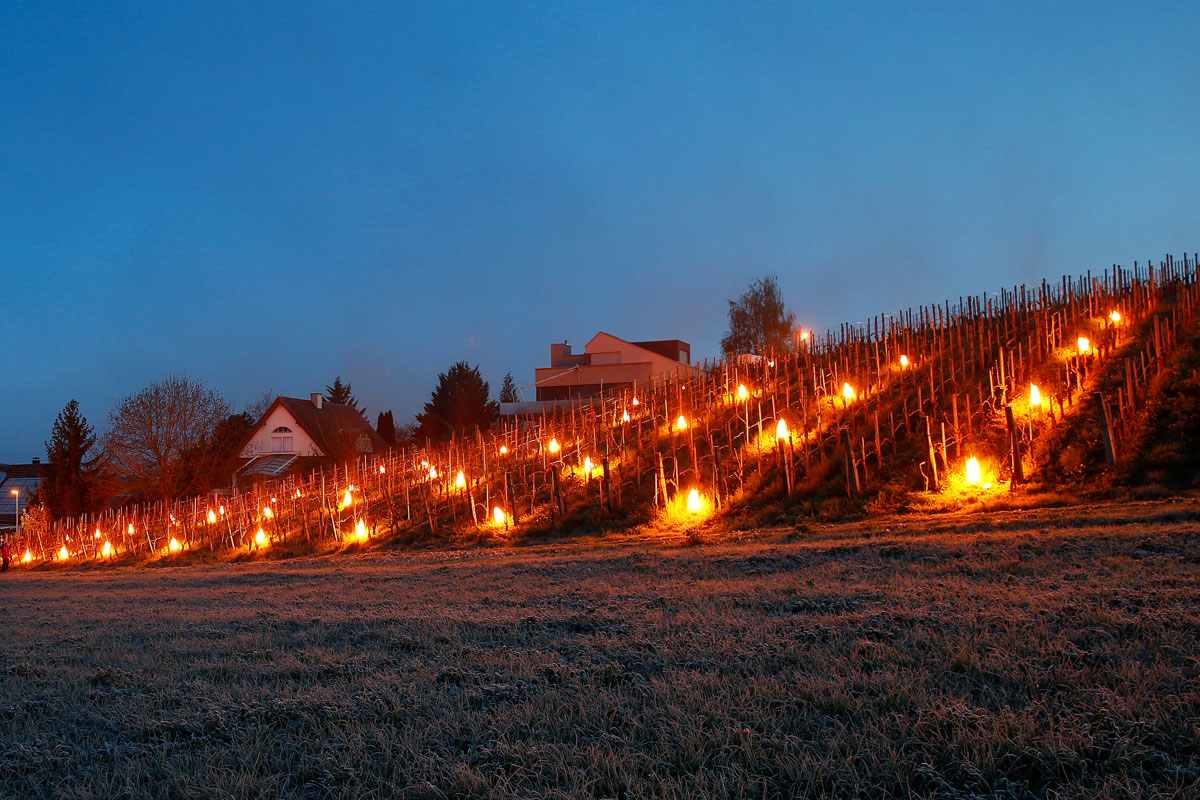

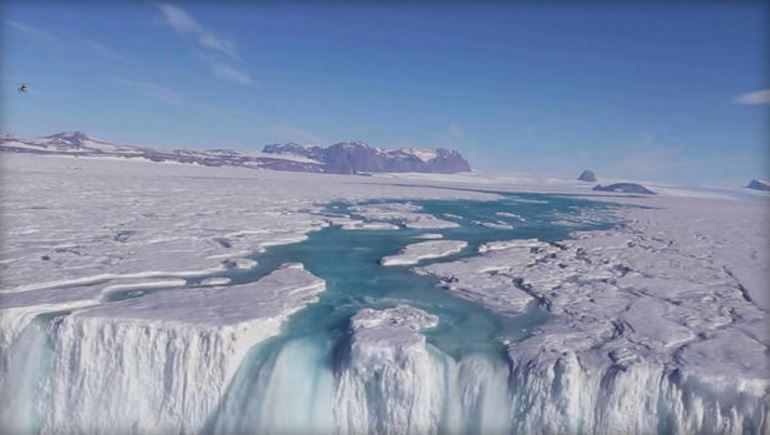
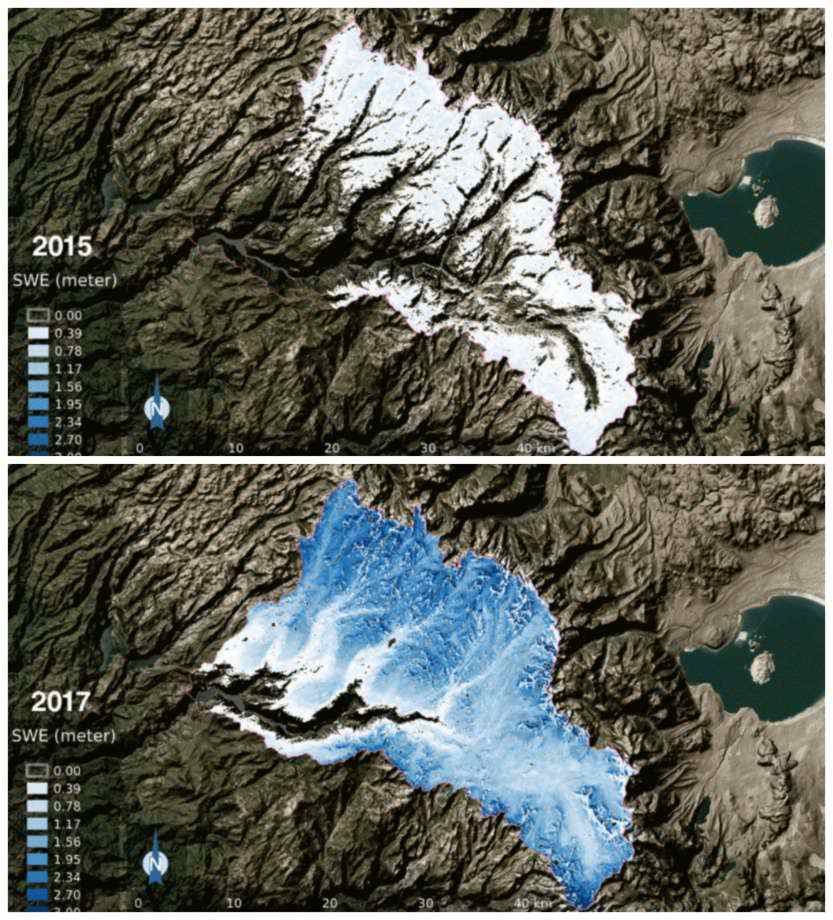
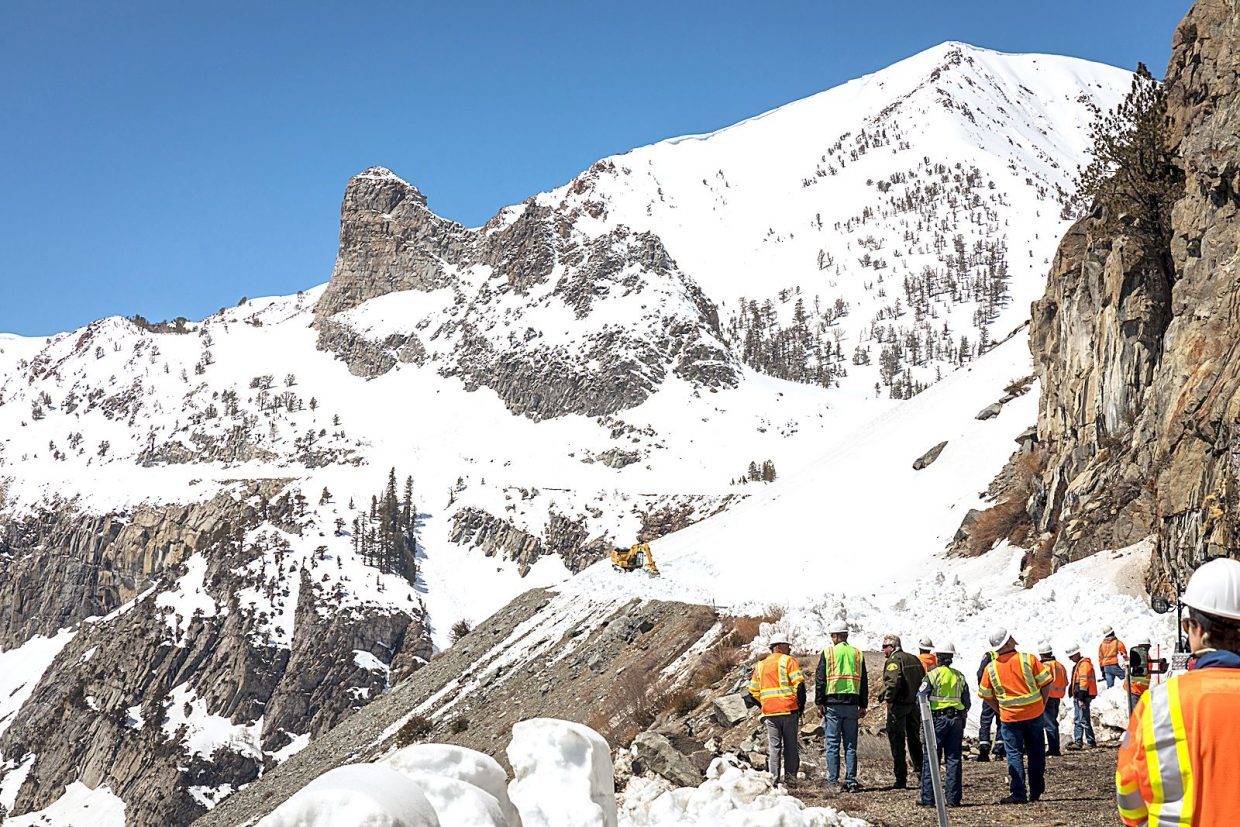
Comment: Scientists have also discovered a large crack on the Larsen C ice shelf and thousands of blue lakes of melt water have formed on the surface of Antarctica's glaciers over the past decade. Yet a recent study indicates that the Antarctic peninsula has actually been cooling not warming. See also:
Antarctica, is it melting or not? Man-made global warming can't explain this climate paradox